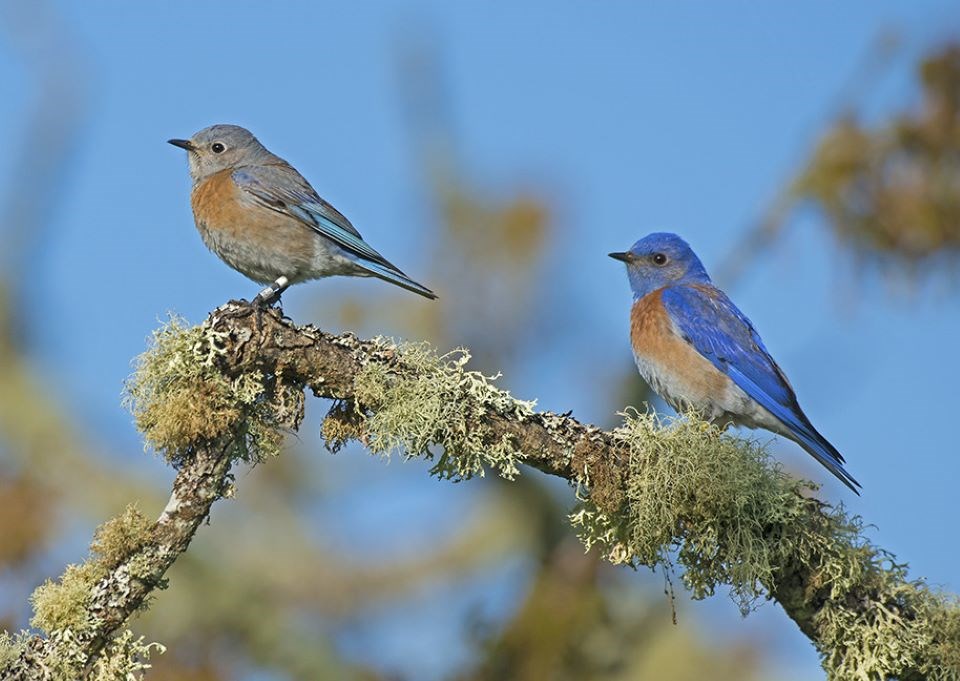If you're looking for something a little different to do this BC Family Day weekend, you can take part in a worldwide science experiment called the 'Great Backyard Bird Count.'
This year marks the 26th anniversary of the event, where people from across the globe take time between February 17 to 20 to count the birds they see in their neighbourhoods.
"It's family-friendly. It's essentially an activity where anyone can get involved, whether you're just looking out your window, or you want to go in your backyard, or you're going to a park in your subdivision or a green space or trail system where you like to go," said Andrew Holland, spokesperson for the Nature Conservancy of Canada.
Holland tells Castanet that people living in British Columbia are lucky because we have many different species of birds that call our province home.
"Last year in British Columbia there were just under 6,000 participants and 5,981 different bird checklists were submitted across the province by people who were using the different apps to upload their photos or their bird sounds."
Holland says anyone can take part and it's a great way to enjoy nature and the outdoors. The data gathered goes to inform conservation decisions by various groups.
The number of people who took part in the annual event in B.C. last year was actually down 12% from 2021 to 2022, but Holland says that is one of the challenges of having this event in the winter months.
"It's interesting to see which birds try to hack our tough winter climate, strong winds and storms and this type of thing. Sometimes that helps identify rare birds. It helps show what bird species are living in our areas during these months. And ideally, (we) compare that year over year to see how strong and resilient the bird populations are."
Bird populations are declining in Canada and Holland says habitat loss is a major factor in that. On the one hand, waterfowl and birds of prey appear to be growing in number, more than doubling their populations since 1970. On the other hand, shorebirds and aerial insectivores like swallows appear to be disappearing at alarming rates.
Holland says the statistics they have compiled over the years show more than 500 different bird species in B.C., including 300 different bird species that breed in the province.
"There's mountain bluebirds, bohemian waxwings, American redstarts and Lewis' woodpeckers that are commonly seen in the Interior."
Holland says the hope is that some of the participants will enjoy the outdoors and learn about nature in their backyards. "Then they might be more inclined to at least be aware of what's happening from a conservation perspective, and more inclined to support it."
People can choose from several tools to participate and identify what they see and hear:
The Great Backyard Bird Count is run by the Cornell Lab of Ornithology, the National Audubon Society and Birds Canada.
Last year, just over 384,000 people in 192 different countries took part in the event.



